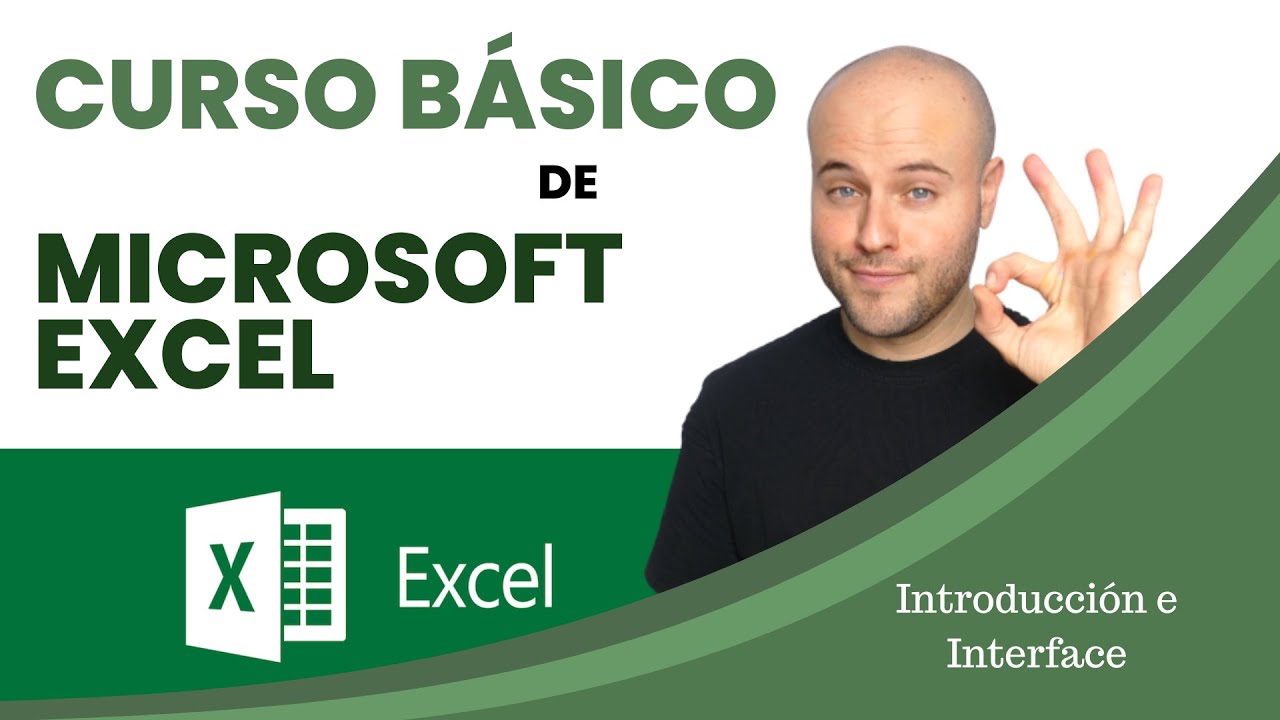English Grammar - Inversion: "Had I known...", "Should you need..."
Summary
TLDRLa lección de hoy en www.engvid.com, impartida por Adam, se centra en la inversión gramatical. Se explica que la inversión es el cambio de orden de las palabras en una oración, especialmente cuando se comienza con expresiones negativas, comparativas o de énfasis. Se destacan ejemplos como 'Not only did he...', 'Under no circumstances...', 'Nor...', 'Should you need...', 'Had I known...', 'John speaks Chinese, as does Lucy.' y expresiones como 'Here comes Jane.' y 'Man, is it cold out!'. Adam enfatiza que la inversión es un estilo formal y poco común en el lenguaje cotidiano.
Takeaways
- 📚 Inversión es el cambio en el orden de las palabras en una oración, típicamente sujeto y luego verbo, pero en ciertas situaciones se invierte este orden.
- 🤔 Inversión en preguntas es común, como en '¿Estás seguro?', donde el verbo precede al sujeto.
- 🚫 Las inversiones son particulares y solo se usan en algunas expresiones específicas, no en cualquier oración.
- 📝 Ejemplos de inversiones incluyen 'not only', 'under no circumstances', 'nor', que generalmente comienzan con una construcción negativa.
- 🏆 Al usar 'not only', se inicia con el verbo auxiliar y se sigue de 'but also', formando una expresión fija.
- ❌ 'Under no circumstances' y 'nor' también requieren la inversión, indicando una construcción negativa formal.
- 🙅♂️ 'Nor' puede parecer anticuado y de alto nivel formal, pero aún puede usarse en ciertos contextos.
- 🔄 'Should you need' y 'Had I known' son formas más formales de 'if', que también requieren la inversión del sujeto y el verbo.
- 📉 La inversión también se utiliza en oraciones comparativas con 'as', donde el sujeto sigue al verbo.
- 🌟 Expresiones como 'Here comes Jane' o 'Man, is it cold out!' usan la inversión para dar énfasis y hacer que la oración suene más natural.
- ❓ Las preguntas, por supuesto, siguen la estructura de inversión con el verbo antes del sujeto, como en '¿Estás seguro?'.
Q & A
¿Qué es la inversión en gramática?
-La inversión en gramática se refiere al cambio en el orden de los elementos de una oración, generalmente invertiendo el sujeto y el verbo.
¿Cuáles son las situaciones en las que se utiliza la inversión fuera de las preguntas?
-La inversión se utiliza en expresiones específicas y situaciones formales, como después de 'not only', 'under no circumstances', 'nor', y en algunas estructuras condicionales y comparativas.
¿Por qué se utiliza la inversión después de 'not only'?
-Después de 'not only' se utiliza la inversión para enfatizar la acción y se combina con 'but also' para mostrar una relación de contraste o adición.
¿Cómo se utiliza la expresión 'Under no circumstances' en una oración?
-Se utiliza con una construcción negativa y la inversión para enfatizar que en ningún escenario se debe realizar una acción, como 'Under no circumstances should you call him.'
¿Qué significa 'nor' y cómo se relaciona con la inversión?
-'Nor' es el negativo de 'or' y se utiliza para conectar dos oraciones con la misma acción negativa, manteniendo la inversión en la segunda oración, como en 'He won't go, nor will I.'
¿Por qué se utiliza la inversión en las oraciones condicionales con 'should' y 'had'?
-La inversión en estas estructuras condicionales con 'should' y 'had' se utiliza para dar una forma más formal y enfatizada a la oración, como en 'Should you need any help, don't hesitate to call.'
¿Cómo se utiliza la inversión en las comparaciones con 'as'?
-Cuando se comparan acciones y se utiliza 'as' como marcador de cláusula, se invierte el sujeto y el verbo para enfatizar la comparación, como en 'John speaks Chinese, as does Lucy.'
¿Cuál es el propósito de utilizar la inversión en las expresiones 'Here comes Jane' o 'Man, is it cold out!'?
-La inversión en estas expresiones se utiliza para dar énfasis y hacer que la oración suene más natural o para destacar una observación de manera más fuerte.
¿Cómo se relaciona la inversión con el lenguaje poético o creativo?
-La inversión puede utilizarse en el lenguaje poético o creativo para romper la estructura estándar de las oraciones y añadir una calidad artística o una variación rítmica al texto.
¿Dónde puedo practicar más sobre la inversión en gramática?
-Puedes practicar la inversión en gramática en el sitio web www.engvid.com, donde encontrarás un quiz para ejercitar lo aprendido.
¿Qué tipo de lenguaje se considera la inversión y por qué?
-La inversión se considera un estilo de lenguaje muy formal y a veces arcaico, ya que se utiliza en contextos específicos y no es común en el habla cotidiana.
Outlines

Dieser Bereich ist nur für Premium-Benutzer verfügbar. Bitte führen Sie ein Upgrade durch, um auf diesen Abschnitt zuzugreifen.
Upgrade durchführenMindmap

Dieser Bereich ist nur für Premium-Benutzer verfügbar. Bitte führen Sie ein Upgrade durch, um auf diesen Abschnitt zuzugreifen.
Upgrade durchführenKeywords

Dieser Bereich ist nur für Premium-Benutzer verfügbar. Bitte führen Sie ein Upgrade durch, um auf diesen Abschnitt zuzugreifen.
Upgrade durchführenHighlights

Dieser Bereich ist nur für Premium-Benutzer verfügbar. Bitte führen Sie ein Upgrade durch, um auf diesen Abschnitt zuzugreifen.
Upgrade durchführenTranscripts

Dieser Bereich ist nur für Premium-Benutzer verfügbar. Bitte führen Sie ein Upgrade durch, um auf diesen Abschnitt zuzugreifen.
Upgrade durchführen5.0 / 5 (0 votes)






